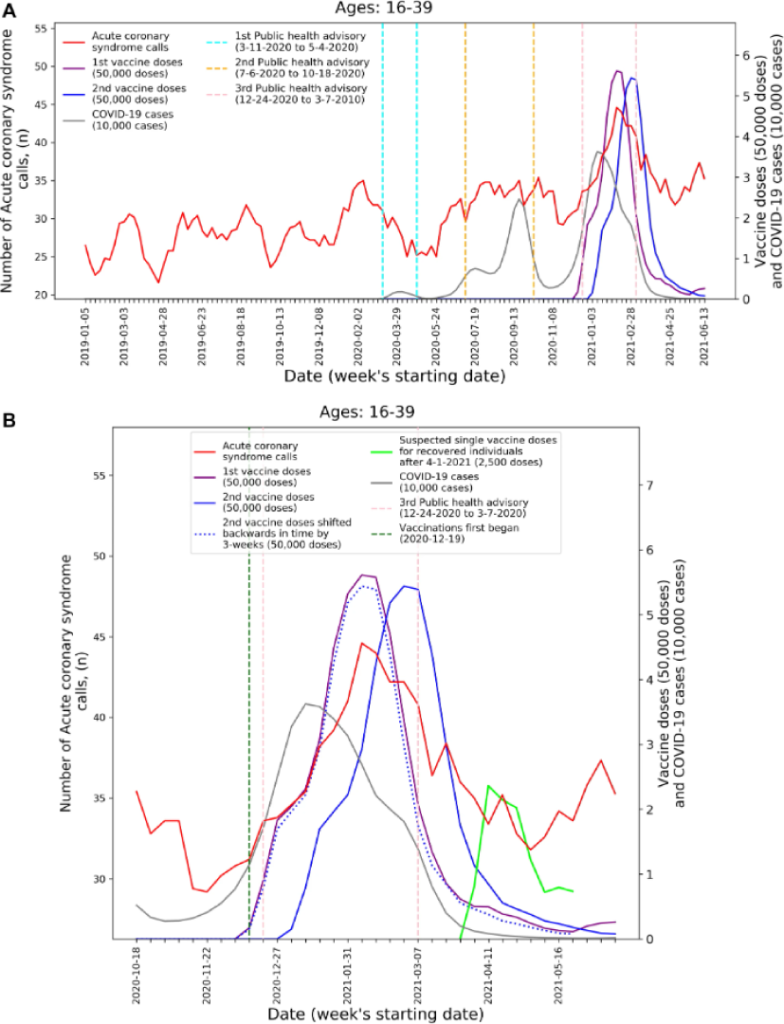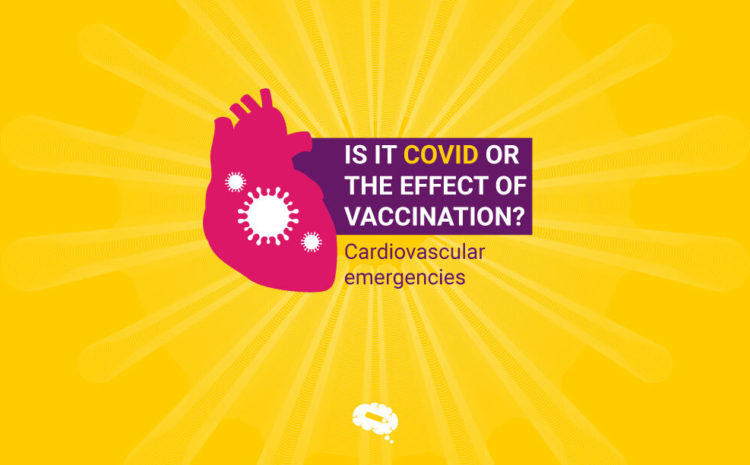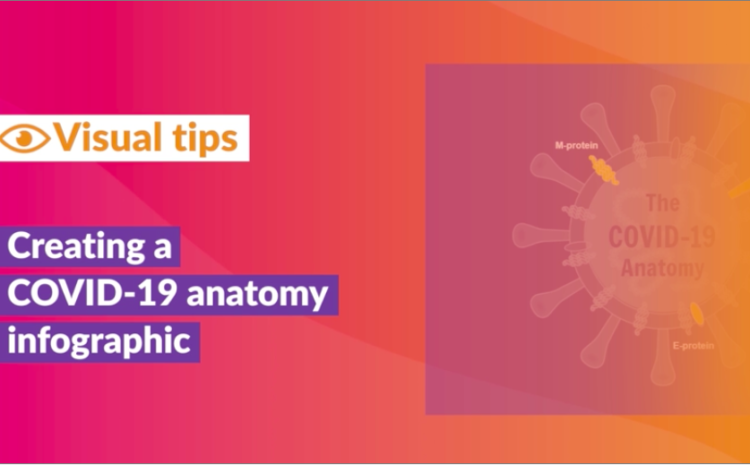After emerging through the most difficult times of COVID 19, the human race has found hope in vaccination. All the new biotechnological advancements enabled us to fight the dire times of COVID. Honestly, the time was less and people were dying. Humanity was struggling not just to find a cause but to survive too!
A multidisciplinary approach, faster legislative actions, and community support became tools to fight the pandemic. The need of coping with the time crunches that COVID posed at us led to fact-tracking of the vaccine manufacturing, but it also seeked faster approvals without studying the long-term effects of newly developed molecules.
All the forces were trying to contain the spread of the unknown threat and layers of medical services were falling apart! In those moments, vaccine molecules were proposed and tested. The disease itself was not fully known and the long-term effects sounded like a black hole. All the nations and governments agreed to provide free vaccination to save people, however, from the scientific point of view, there have been a lot of speculations about what all will be short and long-time effects of COVID vaccination efforts on individuals.
After three years of the first outbreak of the disease now researchers have started analyzing data in detail to find correlations and trends using various comparisons. With this new kind of article type from Mind the Graph, we are trying to provide insights into the most-read articles of renowned journals over a period. Our experts are going to go through the articles, prepare graphical representations and serve them to best understand our views. We do not want you to miss any good articles and any technological updates that we can throw light on.
The research article that we are featuring this week is entitled, “Increased emergency cardiovascular events among the under-40 population in Israel during vaccine rollout and third COVID-19 wave” and it talks primarily about the cardiac emergencies noted in the post COVID vaccination era and compares it retrospectively with COVID cardiac emergencies.
Before we begin the peep into the article’s methodology and observation let’s start with gaining a basic understanding of the vaccine science process of vaccine development.
Vaccines – what are they?
By dictionary definition, vaccines are small immunogenic particles, suspension of weakened, killed, or fragmented microorganisms or toxins or other biological preparation, such as those consisting of antibodies, lymphocytes, or messenger RNA (mRNA), that is administered primarily to prevent disease. When the human body gets exposed to weakened antigen particles, they tend to generate the immunological response from the host body but not necessarily disease.
The vaccine molecules resemble pathogens and induce an immune response to activate IGg-producing B cells and lead to the generation of memory for antibody production against the molecule. This mechanism helps humans to gain long – short-term protection against the infection. The COVID vaccines are also developed by pharmaceutical companies to protect us from the lethal prognosis of the disease and death.
COVID complications
SARS COVID 19 virus has threatened human existence at its core. The featured article of the month talks about various cardia complications caused by the disease during its infection cycle and its long-term effects. The authors, Christopher L.F., Eli Jaffe & Retsef Levi from Israel, have given a brief understanding of the cardiovascular complications created by COVID.
They mention that blood clotting, acute coronary syndrome, cardiac arrest, and myocarditis are found to be common side effects of COVID. There are reported cases of multiple organ involvement in COVID and during post-COVID care. In the elderly, it becomes difficult to bifurcate the effect of disease and the effect of age and pre-existing clinical conditions. Thus, the study presented by the authors certainly draws our attention due to prevailing medical emergency conditions.
The authors observed that there has to be some correlation between the increased emergencies received by the national emergency helpline and the vaccination timeline. However, it required meticulous and complicated study design to understand the fine lines between post-COVID impact or vaccination impact, or age-related outcomes and emergencies.
Challenges faced by researchers – study design
The research article is based on a retrospective population-based survey of emergency management services in Israel. This study aims to explore how additional data sources, such as those from emergency medical services (EMS), can complement self-reporting vaccine surveillance systems in identifying COVID-19-related public health trends.
In their own words,” Using a unique dataset from Israel National Emergency Medical Services (EMS) from 2019 to 2021, the study aims to evaluate the association between the volume of cardiac arrest and acute coronary syndrome EMS calls in the 16–39-year-old population with potential factors including COVID-19 infection and vaccination rates.”
The researchers used Negative Binomial regression models to analyze the weekly emergency call counts and tried relating them with the 1st and second doses of COVID vaccines. All the data sources were national data collection centers.

Observations
It was found that were significantly associated with the rates of 1st and 2nd vaccine doses administered to this age group but were not with COVID-19 infection rates. The authors are just not suggesting the research observations but they are also suggesting some policy implications. They are suggesting government interventions and raising awareness for patients and clinicians.
While they indicate all critical indicators they have also described the limitation of the study that it relies on aggregated data that do not include specific information regarding the affected patients, including hospital outcomes, underlying comorbidities as well as vaccination and COVID-19 positive status.
Mind the Graph celebrates the authors for their wonderful work and contribution to the scientific community. Please share your wonderful work and we will ask our team to highlight your amazing work with graphical abstract! Let’s make science.

Subscribe to our newsletter
Exclusive high quality content about effective visual
communication in science.




